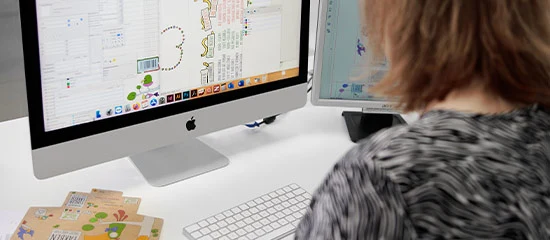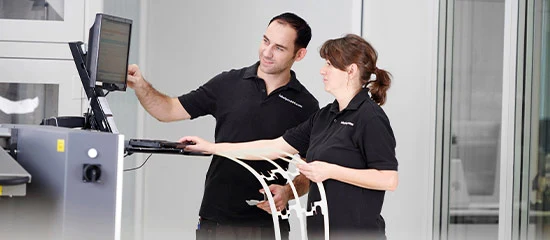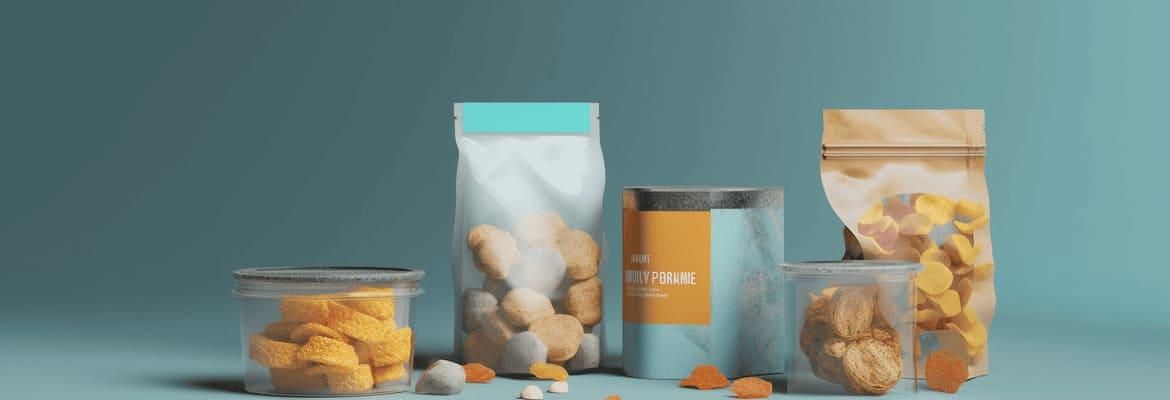
Food packaging: new rules and regulations
Multifunctional and often controversial: printed packaging. They provide important services for product safety during transport and storage. After use, they should be quickly disposable. These two points alone show that designing and producing packaging cannot be a simple process. Another important factor comes into play with every food packaging: What is packaged, gets consumed. The outer packaging must ensure that no undesirable substances contaminate the food. At the same time, it must not itself release any substances that could endanger health.
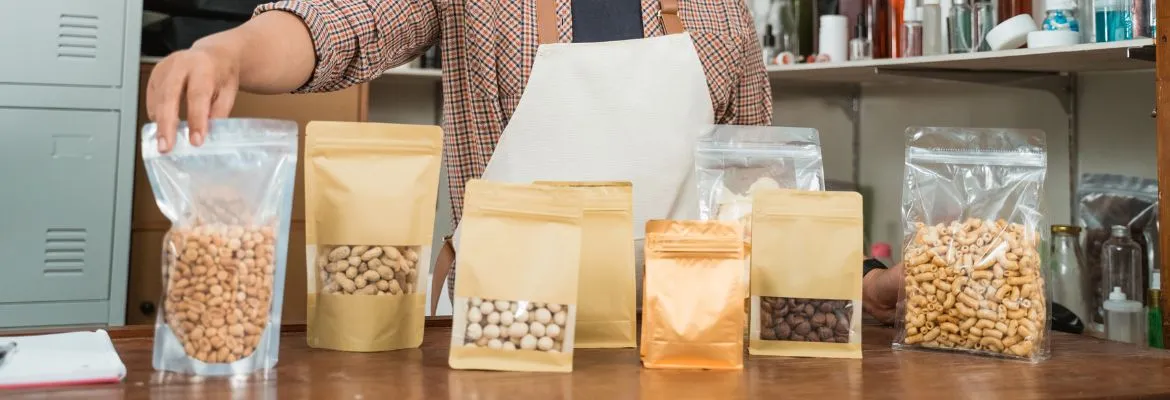
The legal situation regarding food packaging is complex. European and German regulations try to guarantee a high standard of food safety. At the same time, resource-saving production methods and waste avoidance play an important role. Current developments include new regulations for the approval of recycled plastics at European level. The new regulations at the federal level mainly concern the organisation of packaging recycling.
Regulations for food packaging: an overview
If you enquire about which regulations apply to food packaging, you will come across a multitude of different regulations. Far-reaching changes to the existing legal situation mostly come from European laws. After some time, the countries implement the regulations. In addition, there are guidelines such as the HCCP guidelines, case law and recommendations. According to current law, packaging and labels must not transfer substances into the food in such quantities during normal use that they could endanger the health of consumers. The so-called good manufacturing practice applies to packaging production. It consists of proven, defined production processes, control as well as quality assurance measures.
The specifications for recycled plastic as food packaging are among the most important innovations that primarily affect primary packaging for food. They ensure that the material meets the existing specifications for legally compliant food packaging. No health risks may arise when encountering goods intended for consumption. In addition, there are existing regulations for plastics in the European Plastics Regulation.
Environmental protection and sustainability: What can recycled plastic do?
Plastic recycling in Germany has increased in recent years. Consumers are increasingly finding consumer goods made from recycled plastics on the shelves and in online shops. Recycled plastics have proven their worth as packaging materials. In food packaging, plastic recycling started with plastic bottles and trays for fruit and vegetables. The current goal is to significantly increase the quote of food packaging made from recycled materials. By using secondary raw materials from recycling, valuable primary raw materials are to be conserved.
The new regulations are a step in this direction. But there are still open questions. The all-encompassing term food packaging almost makes us forget how different the requirements of the individual food sectors are. Bread, dairy products, meat and sausage products - all these foodstuffs react differently with their outer packaging.
Whether plastic Recyclites are suitable for all food groups is still unclear. It also remains to be seen how high the effort for reprocessing actually is. After all, some of the recycled materials consist of plastics that were not initially intended as food packaging.
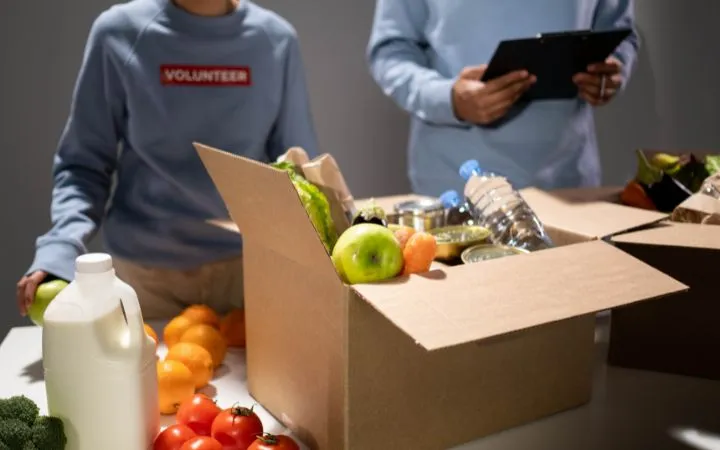
ested recycling processes and materials to protect consumers
Since their introduction, recycled plastics have been continuously tested to see if they are suitable for use as food packaging. They must meet all the requirements for food contact materials. The decisive factor is the recycling process by which they are obtained. Not all technologies are suitable. The new European regulations stipulate that every plastic recycling process must be approved. After applying for approval, scientists from the European Food Safety Authority (EFSA) prepare a safety assessment opinion. They examine whether the recycled plastics meet all the legal requirements for food packaging.
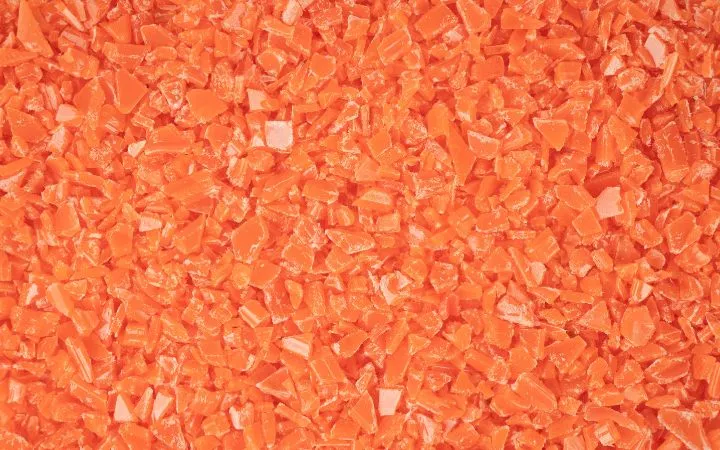
Quality control of Recyclites is only one building a block in an overall concept for food packaging made from recycled plastic. Further regulations are planned that affect the entire recycling process. The collection, sorting and preparation of plastic waste should also be completely controllable in a few years.
The aim of the measures is to minimise possible health risks for consumers from food packaging made of recycled plastic.
Recycled plastics and more: implementing the new regulations
In the future, food packaging will consist of recycled plastics more often than now. This development affects folding carton manufacturers as well as designers and marketing experts. If you are in an industry that produces packaging materials, you need to decide whether the newly approved materials fit your production processes. It is important to plan ahead for the next few years. Not all conceivable factors that can play a role in food packaging have been regulated yet. The current changes and new regulations will probably be added in the medium term.
If you are professionally involved in the design of food packaging, you are faced with a complex task. When redesigning customised packaging from recycled plastic, it is important to remember that primary as well as secondary packaging is also an advertising medium. They also represent a brand and the company behind it.
For some products, it makes sense to adopt the original design as closely as possible. For others, a redesign that takes current packaging trends into account is a good idea.
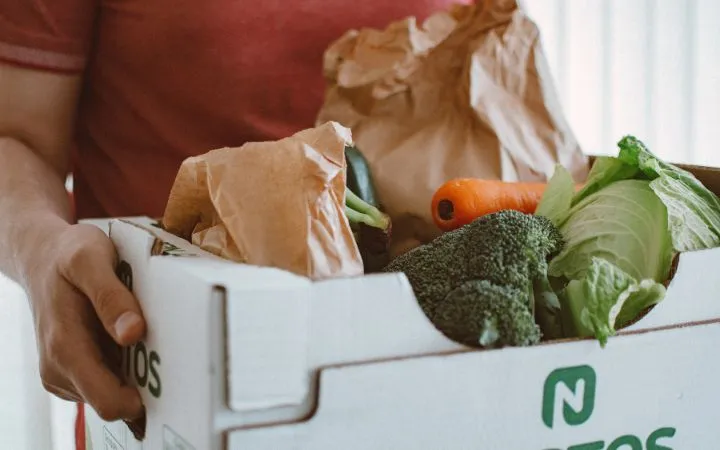
Are there any current trends in food packaging?
Less is more: If there is a recognisable trend in food packaging, it is material reduction. This step not only serves to avoid waste. Less material also saves production and transport costs or shipping costs. One possibility is to use thinner packaging material. This can be done with bags, films and moulded plastic elements. The material properties of the recycled plastic determine how much you can save. After all, the food packaging must still offer sufficient stability and protection for storage and transport.

Another packaging trend concerns customer impact. For many potential buyers, the quality and size of food packaging is now a decision criterion. Plastic meets with rejection. Recycled materials are better accepted. Customers who shop in an environmentally conscious way are also bothered by excessive packaging.
If the contents and outer packaging of the food do not match, this group of people will opt for a competing product. To convince these customers at the point of sale, the food packaging must be well thought out.
Further packaging requirements for manufacturers and sellers
The new regulations for 2022 and 2023 are primarily aimed at improving the recycling and take-back of packaging materials. In doing so, the legislators are reacting, among other things, to the European requirements for quality assurance of the recycling process. This is not only about plastics for food packaging, but generally about all packaging materials that are used. In order to better record and track packaging quantities, everyone who commercially puts packaging filled with goods into circulation has had to register since mid-2022. This applies to packaging of all kinds.
Anyone who is not registered in the LUCID packaging register risks a ban on distribution. Electronic marketplaces must check whether their traders have a LUCID number. The new version of the Packaging Act also obliges the catering industry to offer a reusable alternative in addition to disposable packaging. The minimum recycled content in PET beverage bottles has also been set. From 2015, the share will be at least 25%, and from 2030 at least 30%.

